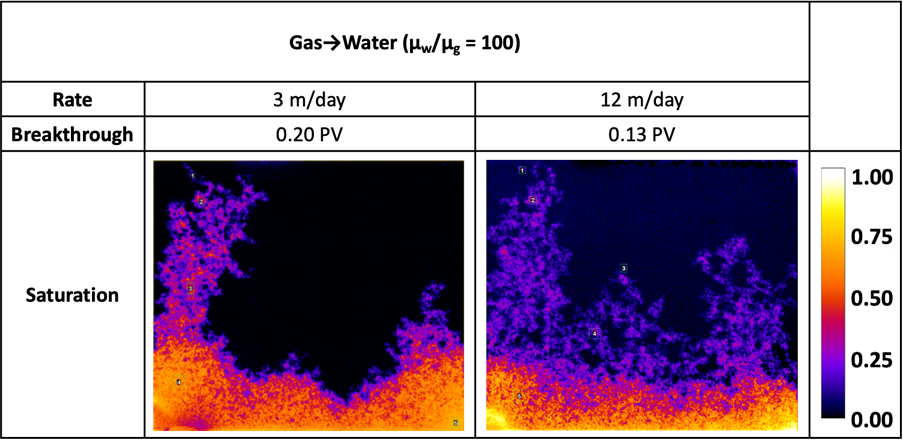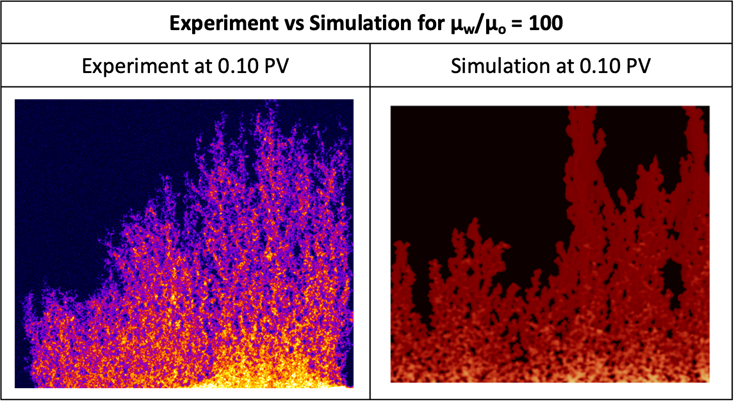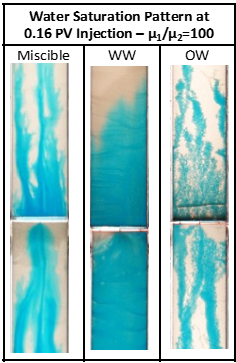
Alan Beteta
His research interests focus on multiphase flow in porous media, rheology of complex fluids, and geochemical reactions. The topics have been studied in the context of underground storage of CO2, seasonal storage of H2 in porous media, and efficient recovery of oil and gas. Much of this research has been focused on experimental visualisation of unstable displacement processes (i.e. viscous fingering) with direct numerical simulation of the observations and the upscaling of the results to the field scale.
For more information, please visit Alan’s page.
Qualifications
* PhD in Petroleum Engineering – Heriot Watt University
* MChem in Chemistry – University of Edinburgh
Projects
* FAST8 JIP – Co-Investigator – 2022-Present
* Upscaling of Low Net Carbon EOR – Researcher – 2021-Present
* Polymer Flooding in the Captain Field – Ithaca Energy – Principal Investigator – 2019-Present
Publications
1- X-ray Visualised Unstable Displacements of Water by Gas in Sandstone Slabs for Subsurface Gas Storage
2- Immiscible Viscous Fingering: The Effects of Wettability/Capillarity and Scaling
3- Experimental Observations and Modelling of the Effect of Wettability on Immiscible Viscous Fingers at the Darcy Scale
4- Immiscible Viscous Fingering at the Field Scale: Numerical Simulation of the Captain Polymer Flood
Contact
Email: a.beteta@hw.ac.uk
Google Scholar
Project Description
The current phase of work focuses on direct CT imaging of large 2D slabs of outcrop rock during unstable displacement. This work builds on pioneering work carried out by Energi Simulation Chair Arne Skauge, looking to develop experimental techniques to advance the understanding of the flow of gas in the subsurface in the context of gas storage. By building an understanding of the gas flow at the large laboratory scale, novel numerical simulation methods – developed with the two HWU Energi Simulation Chairs and Professor Ken Sorbie – can be applied to directly model these processes before they are upscaled to the field scale. This process is critical for ensuring safe, reliable storage of gas in the subsurface for the Energy Transition.
Pictured below is a range of our recent experimental and simulation results:



